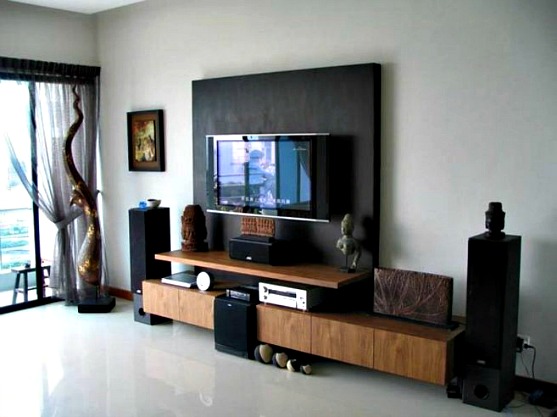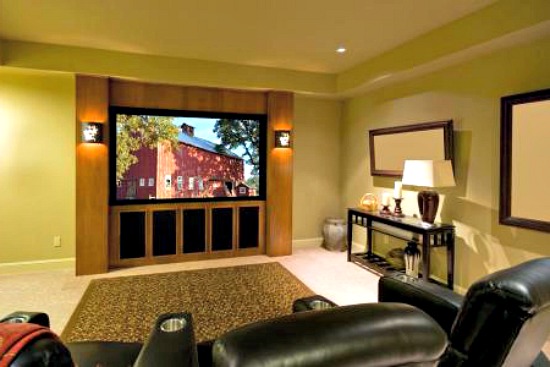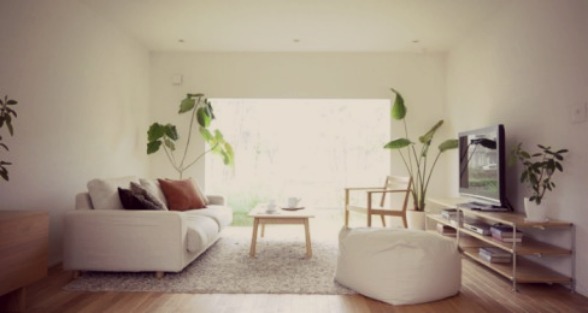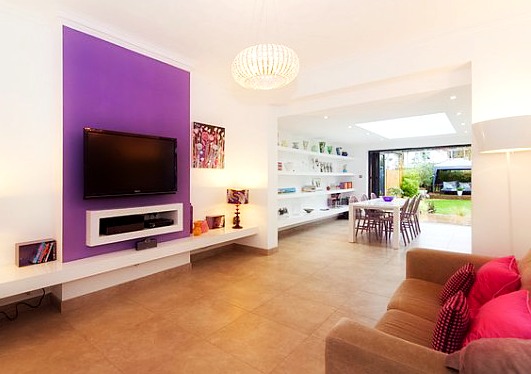5 Tips To Mount Your New Flat TV Screen

Flat TV screens have become a symbol of quality and good entertainment. If you wish to buy and mount one in your living room here are a few factors you need to carefully consider before the purchase.
1. Stay Informed
As technologies develop new models emerge and flood the market. If you’re not good at technology language and have no idea what to consider several factors.
Types: You should know the difference between the three main types and namely — LCD, Plasma and LED TV screens. The main difference is the way they distribute the picture, so to say. If you have to compare LCD and plasma TV screens a lot of specialists will tell you plasmas have better colour contrast than LCD which makes them ideal for home theatre.
As any other household appliance these days these TV screens have their environment-friendly variations. Some call them smart TVs as they have a special switch-off mode if they’re left to work longer than an hour (without channel switching).
Size: In this case size does matter. If you’re not sure how big you’d like your TV screen to be you can take a few factors into account. The square footage of the room you’d like to install it in is of great importance. Logically, you can’t place a 36 inch TV in an extremely small room. Thus the room will get cramped and there won’t be any space for other electronics or pieces of furniture.
2. The TV Spot

Similarly to Sheldon from the Big Bang Theory you should make the tough choice of where to put the TV, as the so-called spot needs to be perfect. If you think daylight might be an obstacle you can place it with its “back” facing the window.
3. TV Rack

You can place it on a rack right across the room. In case you’d like to hide the cables you can use cable trunking systems. They’re basically plastic tube-like pipes which can be affixed onto the floor or along the wall and keep cables away from the naughty toddler or even your hyper-energetic kitten. Thus the chance for someone of both to pull or “taste” the cables will be reduced to minimum. There’s one disadvantage though. If you choose to place the TV rack you should rearrange the furniture so there’s nothing to obstruct the view like chairs, high tables or similar.
4. Wall-Mounted

If you don’t fancy racks or similar pieces of furniture, logically, you can mount it on the wall. One advantage of this type of fitting is you could mount the TV on a flexible brackets. Thus if you’d like to watch TV from another corner of the room you could just turn it around. For this purpose you’ll need to know the structure of your wall. Thus you’ll save yourself a lot of trouble with the very installation process. If you have metal stud walls it would be best to locate the stud and attach the screws directly in one of their holes so the construction is stable. Unless you’re absolutely sure where these tiny holes are don’t make experiments or you’ll probably ruin the walls. What you need to be absolutely certain about, however, is the position of the electrical cables behind the wall. If you try to guess their location, the consequences will be severe.
5. In Case You’ve Found The Studs

In this situation you must drill the holes in the wall and attach the bracket with the help of plastic treenails. After you’ve affixed it make sure it is stable and there are no loose screws. Take the base off the TV and hang it on the bracket. After you’re done you can take the plastic screen protectors.

It works really well for me.
Great write-up, I am regular visitor of one’s web site, maintain up the nice operate, and It is going to be a regular visitor for a lengthy time.
Thanks to the great manual.
Good article, thanks and we would like extra!